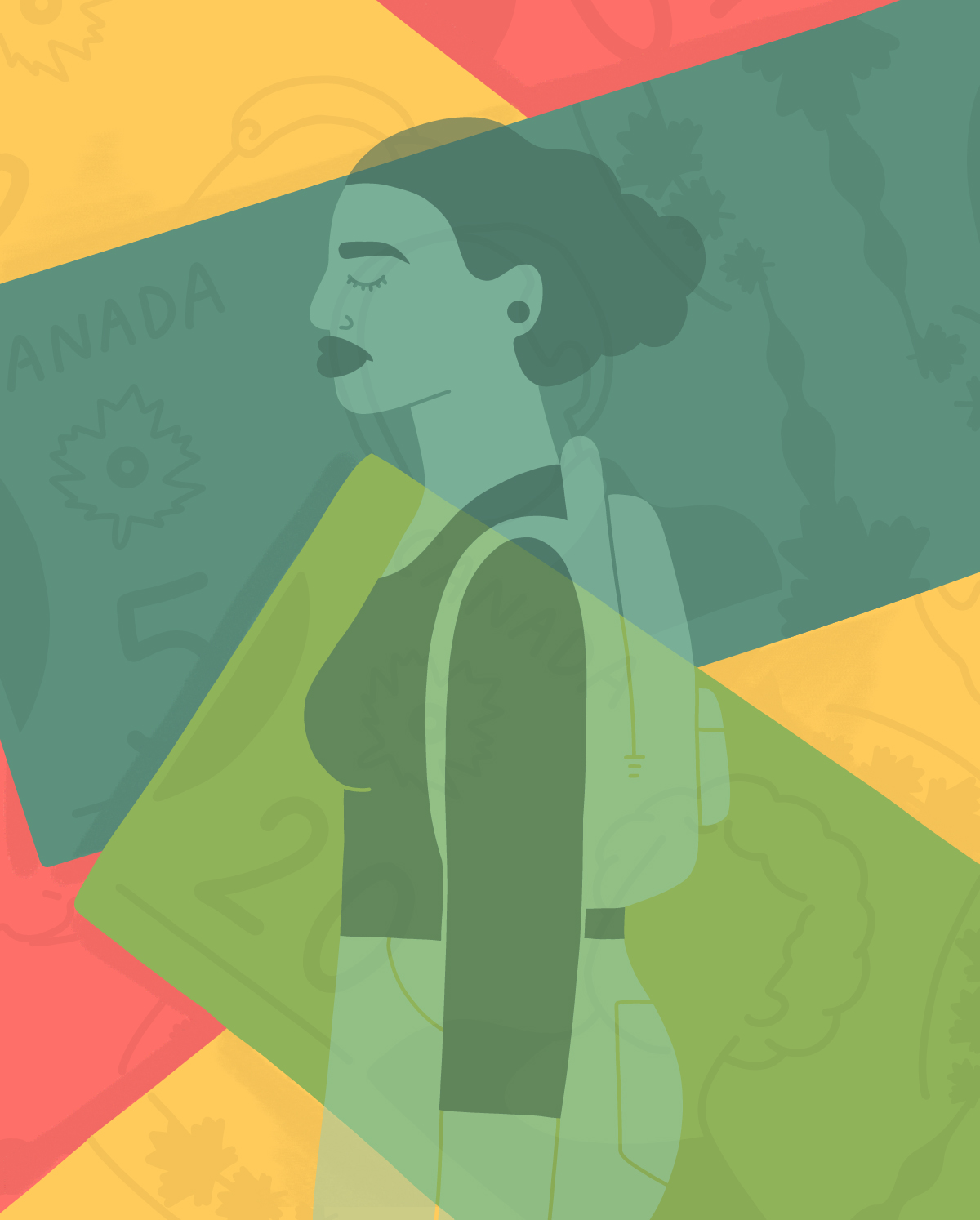The race box
/By Kelli Korducki
I’m in the process of becoming a permanent resident of Canada. This means I have to fill out a bunch of papers and jump through a number of annoying hoops, one of which has included paying a clerk in Toronto’s financial district $56.50 to take my “official,” pair-of-new-sneakers-priced fingerprints for an FBI background check. It has also meant getting asked what my race is by said clerk, because this is the kind of information prized by the Federal Bureau of Investigations.
“What are my options?” I asked. In official circumstances, I’ve been told one cannot mess around.
“White, Black, Asian, Native American/Pacific Islander, Hispanic, or Other,” said the clerk (who was a nonwhite female, for what it’s worth).
“Other,” I told her. “I’m Other.”
I was impressed that she didn’t raise an eyebrow, getting asked by a white girl with a Slavic surname to list her as something other than “white.” But she’s probably used to it, because nobody who’s white likes to own up to it. At least, nobody who proclaims “social goodness” as an interest and possesses a liberal arts degree (and my haircut, alone, gives me away as both).
I was once told by an American of Irish descent, “I’m not white. I’m Irish.” I thought this person was joking with me, so I started laughing.
They didn’t laugh back, though.
“No, really. My grandparents experienced huge discrimination. Even my parents. That shit doesn’t just go away.”
I didn’t continue laughing, even though I kind of felt like it. Maybe there was something resembling a valid point here, after all.
What’s race, anyway? I guess the straight answer lies in some combination of culture and phenotype. But what’s the ratio? Is it three parts phenotype to one part culture? Vice-versa? Eye of the beholder?
My Salvadoran grandmother, whose bronze complexion, almandine eyes and high-ridged cheekbones give her away as pretty Indian on the Mestizo scale (which is to say, her Indigenous ancestry is completely undeniable, even dominant in her appearance–despite the fact that she is, like 94% of her countrymen, a few generations mixed). Her mother-in-law, my great-grandmother, was allegedly disdainful of my grandmother’s appearance and treated her rudely until the day she died. She, mean great-grandmother, had worked hard to secure a land-owning, white-looking Salvadoran husband, and not to have her genepool muddled by Indian-looking grandkids. Later, my grandmother would warn me, “El Indio es pintador,” an idiom that translates roughly to, “It takes one bad (Indian-looking) apple to spoil the whole bunch, so mate wisely.” And before you go gasping about how awful this is, consider shadeism for a moment and how widely and cross-culturally that kind of thinking is applied.
I’m supposed to be talking about interracial dating, but I feel one can’t even approach that subject without getting into shadeism. To a large degree, that’s what we’re talking about anyway when we discuss outsider reactions to interracial couplings–that is, the reaction from others to couples whose two parts appear different. But this becomes problematic. In the Latino community, for instance, people can be any number of things, racially, while still being Latino; African, Indigenous, and European ingredients all feature here. Yet, I reckon a black Dominican and a German-looking northern Mexican would both have to check the “Hispanic” box on my FBI fingerprint form.
So is race about culture, or colour?
I can’t answer that question, but it seems like there are many ways of slicing it. For the record, I’m a product of a coupling that most would consider both intercultural and interracial, and it wasn’t an issue for either of my parents’ families. But, I will say that for a long time it seemed my mother was the only nonwhite person in the entire neighbourhood I grew up in, a neighbourhood of mostly teachers, firefighters, police officers, and cranky old retirees who are mostly now deceased. Despite having lived there for twenty years, and being pretty visible as a family unit in neighbourhood functions, it took one neighbour until last year to figure out that my parents were married. There’s no way he hadn’t noticed us all together; his grandson played at our house, even. But, to some people, some couplings are still simply incomprehensible.








